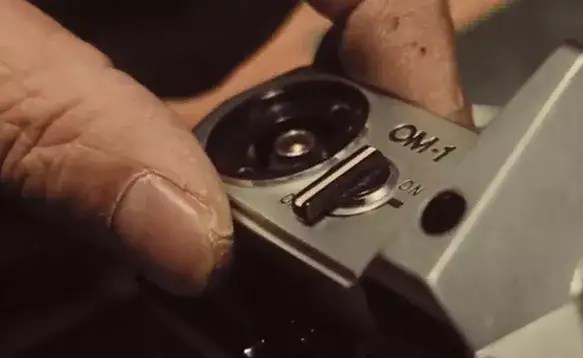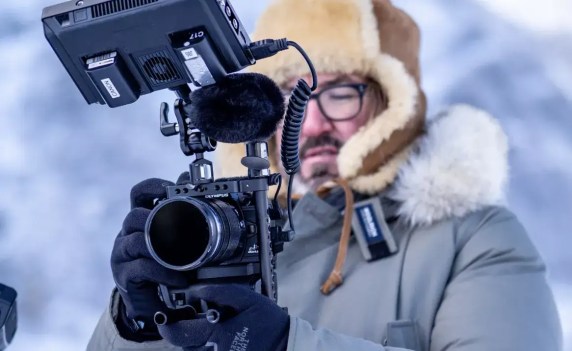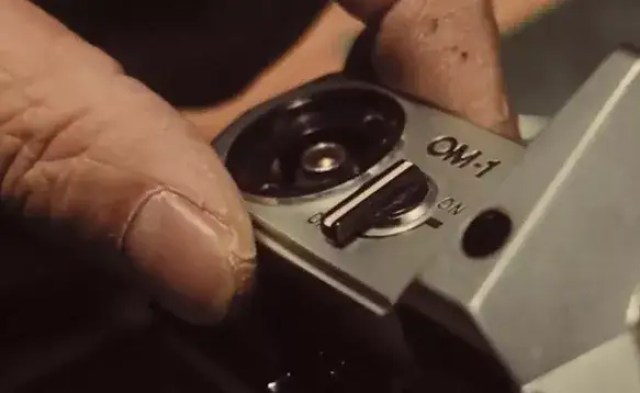
Choosing the right lens for your mirrorless camera can be a difficult decision. With so many different types of lenses available, it can be hard to know which one is best suited for your video needs.
Knowing how each lens affects the look and performance of your videos will help you make an informed decision when selecting the right lens for your camera.
This article will provide an overview of the different types of lenses available for mirrorless cameras and what factors to consider when making your selection.
 It is essential to research lens compatibility before selecting a new lens for your mirrorless camera. Additionally, it is a good idea to check customer reviews as they often provide valuable insight into how well each lens performs on certain cameras and in various environments. With this knowledge, you can begin to narrow down your options and make a more informed selection.
A key consideration when choosing a lens is aperture settings—an area we will explore next.
It is essential to research lens compatibility before selecting a new lens for your mirrorless camera. Additionally, it is a good idea to check customer reviews as they often provide valuable insight into how well each lens performs on certain cameras and in various environments. With this knowledge, you can begin to narrow down your options and make a more informed selection.
A key consideration when choosing a lens is aperture settings—an area we will explore next.
Understanding Lens Types
When choosing the right lens for your mirrorless camera for video, it can be difficult to know where to start. Is it true that all lenses work on any camera? Not necessarily. It is important to understand lens types and their compatibility with different cameras in order to make an informed decision. The technology of modern lenses has advanced significantly over the last few years. Many now come with stabilization technology, which minimizes the effects of handheld shake while recording videos. However, this technology must be compatible with your specific camera model in order for it to work properly. It is essential to research lens compatibility before selecting a new lens for your mirrorless camera. Additionally, it is a good idea to check customer reviews as they often provide valuable insight into how well each lens performs on certain cameras and in various environments. With this knowledge, you can begin to narrow down your options and make a more informed selection.
A key consideration when choosing a lens is aperture settings—an area we will explore next.
It is essential to research lens compatibility before selecting a new lens for your mirrorless camera. Additionally, it is a good idea to check customer reviews as they often provide valuable insight into how well each lens performs on certain cameras and in various environments. With this knowledge, you can begin to narrow down your options and make a more informed selection.
A key consideration when choosing a lens is aperture settings—an area we will explore next.
Aperture: A Key Consideration
When selecting a lens for your mirrorless camera, aperture should be a key consideration. Aperture has a direct effect on the amount of light that enters the camera, but it also affects the depth of field in an image. This is especially important when shooting video because you want to be able to achieve shallow depths of field. To do this, look for lenses with wider maximum apertures such as f/1.4 or even f/2.0 which will allow you to achieve shallower depths of field and blurriness in your images. Additionally, wider angle lenses can help create dynamic and unique perspectives when shooting video, so look for lenses with wide angles such as 16mm or 24mm. These lenses will give you greater flexibility when creating shots for your videos. When shooting on a mirrorless camera, another important factor to consider is focal length – the measurement from the sensor plane to the point at which light converges into an image. Different focal lengths provide different perspectives and effects in your videos, so choosing the right one is essential in creating the perfect shot.Focal Lengths For Different Perspectives
Choosing the right lens for your mirrorless camera can be daunting. With so many focal lengths available, it’s important to understand how they affect your video and what characteristics they bring to each shot. In this section, we’ll dive into the different perspectives that different focal lengths provide and explore the creative possibilities. Here are three key points to keep in mind when considering focal length:- Depth of field – as you increase focal length, your depth of field will decrease, creating a more dramatic look;
- Image stabilization – longer lenses tend to require more stabilization than wider lenses; and
- Perspective – longer lenses compress elements in a scene while wider lenses expand them, giving them a totally different feel.

Comparing Prime And Zoom Lenses
Now that you have a basic understanding of the different focal lengths and what they are used for, let’s look at the differences between prime and zoom lenses. Prime lenses are fixed focal length lenses with just one magnification, while zoom lenses offer multiple magnifications in one lens. Both types of lenses come with their own benefits and drawbacks. When it comes to weight balance, prime lenses are usually much lighter than zoom lenses, making them ideal for handheld filming or when shooting on the move. Zoom lenses may be heavier but provide more versatility when it comes to framing your shot. Autofocus speed is an important factor to consider as well, with some prime lenses offering faster autofocus speeds than zooms. Ultimately, quality matters: choose the right brand for the best results. Different brands offer different features and functionality that can make all the difference when shooting video.Quality Matters: Choose The Right Brand
It is often said that the best lens for a mirrorless camera is determined by the quality of the brand. However, this is only partially true; while it’s important to choose a trusted brand, there are many other factors that should be taken into consideration. Image stabilization and weather sealing are two key elements that can make a big difference in the performance of a lens during video production. An image stabilized lens will allow you to get smoother shots with less camera shake and blurriness, while a weather sealed lens will offer better protection against moisture and dust. Additionally, lenses with autofocus capabilities can save time when shooting videos in low light conditions. All of these features can significantly improve overall image quality while also allowing you to take full advantage of your mirrorless camera’s features. Ultimately, finding the right lens depends on many factors including budget and desired outcome, but having an understanding of what features are available can help ensure you’re making an informed decision about which one is best for your needs.What Factors Should I Consider When Choosing a Mirrorless Camera for Video Marketing?
When selecting the best mirrorless camera for video marketing, several factors must be considered. Firstly, it is crucial to determine the camera’s video resolution capability and if it can shoot in 4K or higher. Additionally, consider the camera’s autofocus system, as smooth and accurate focusing is vital for video production. Other factors include low-light performance, image stabilization, and lens compatibility. Properly evaluating these aspects will help ensure the ideal mirrorless camera for video marketing is chosen.